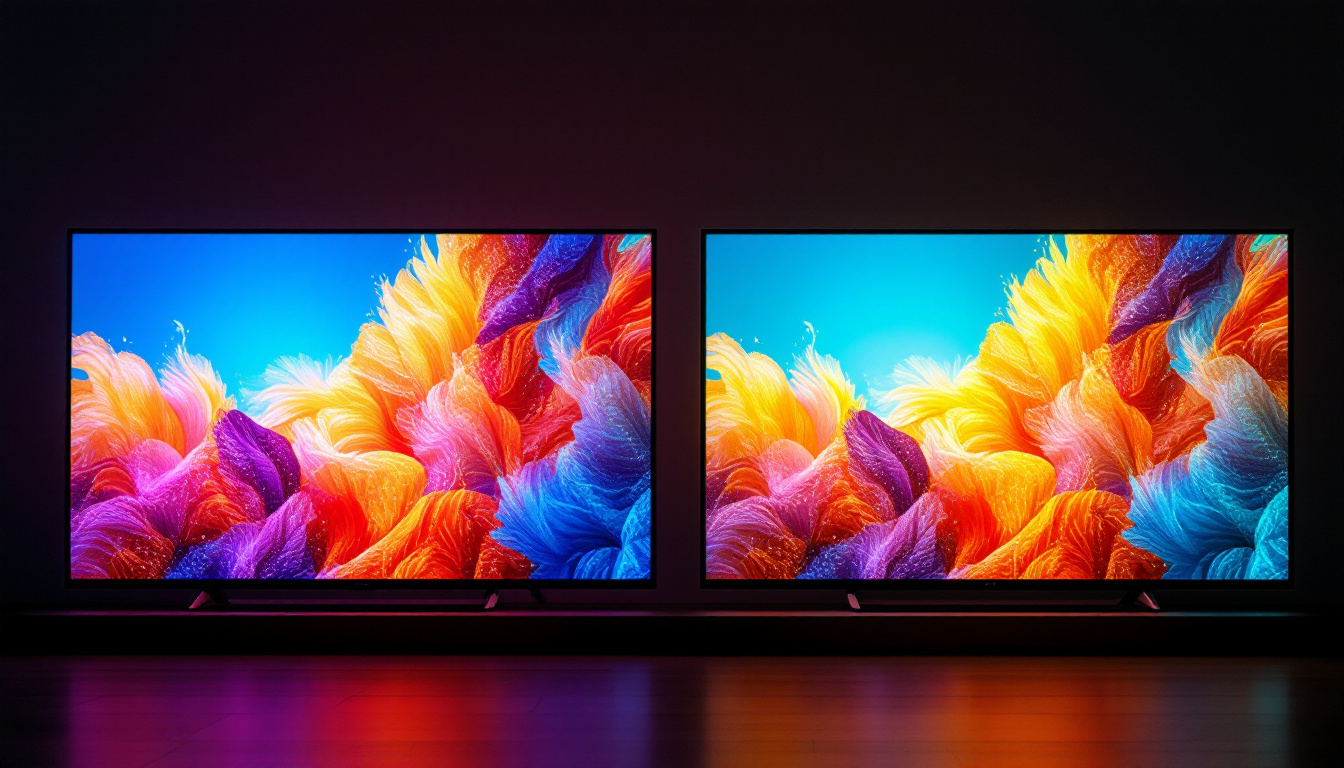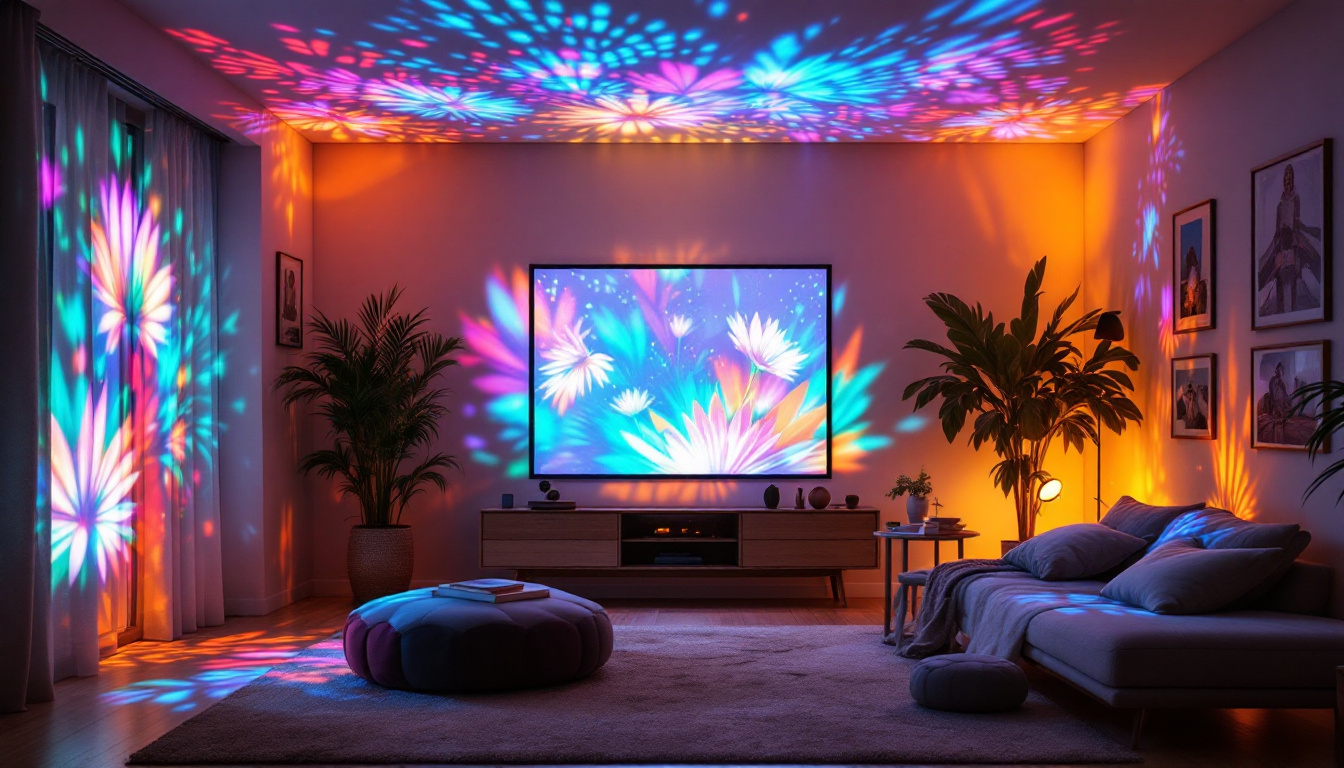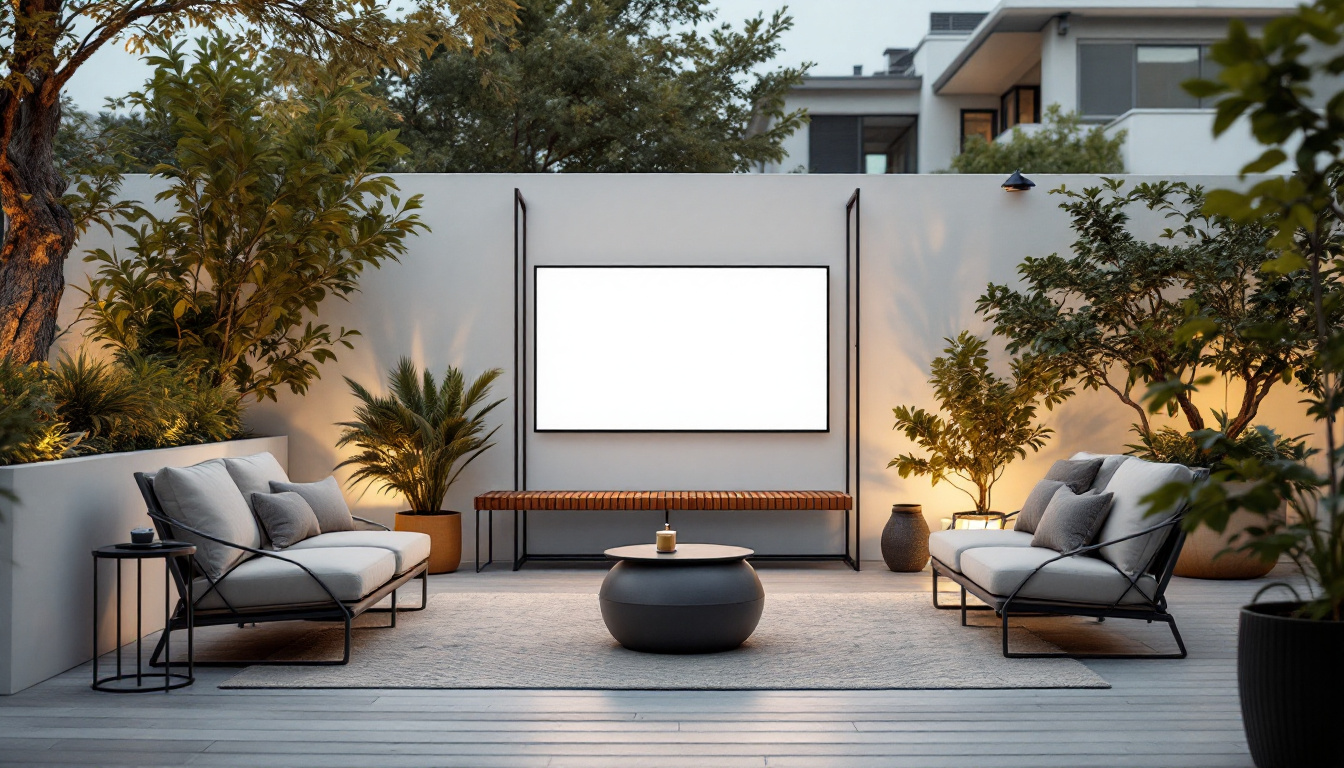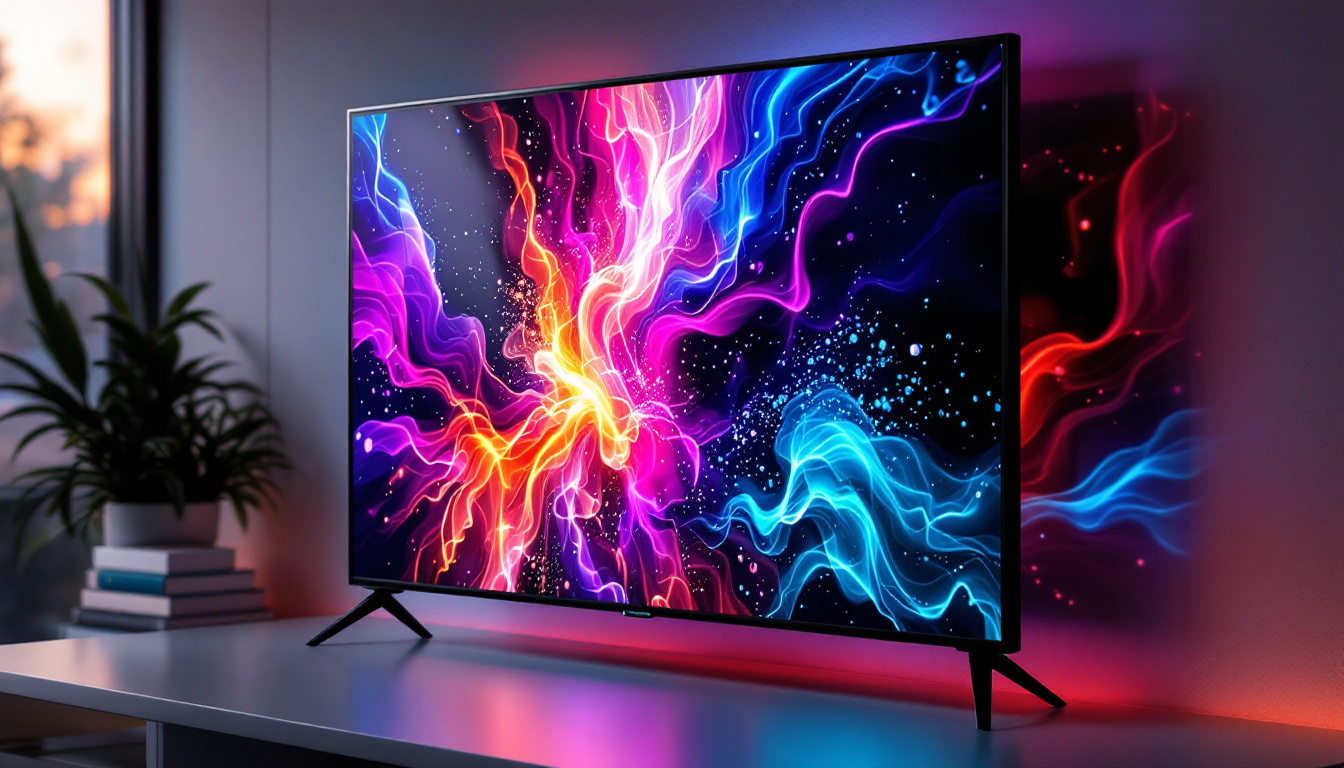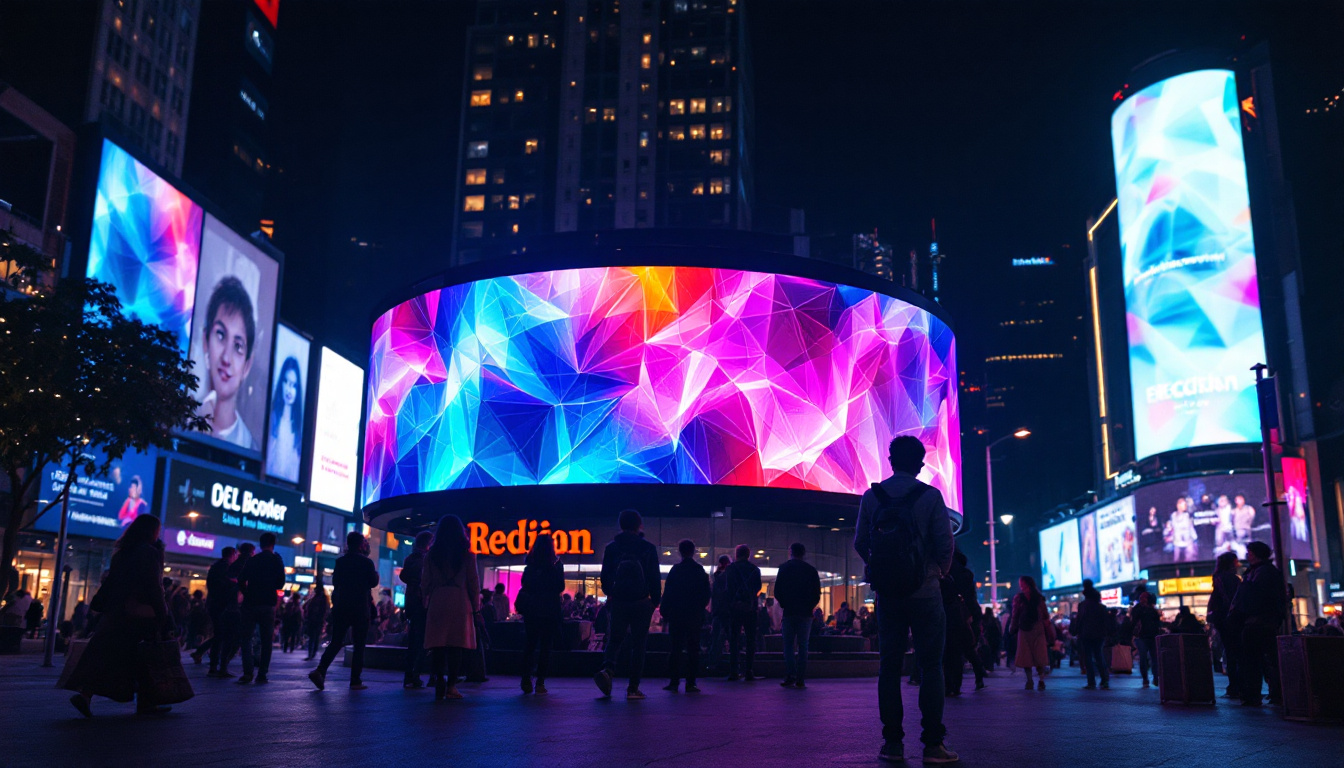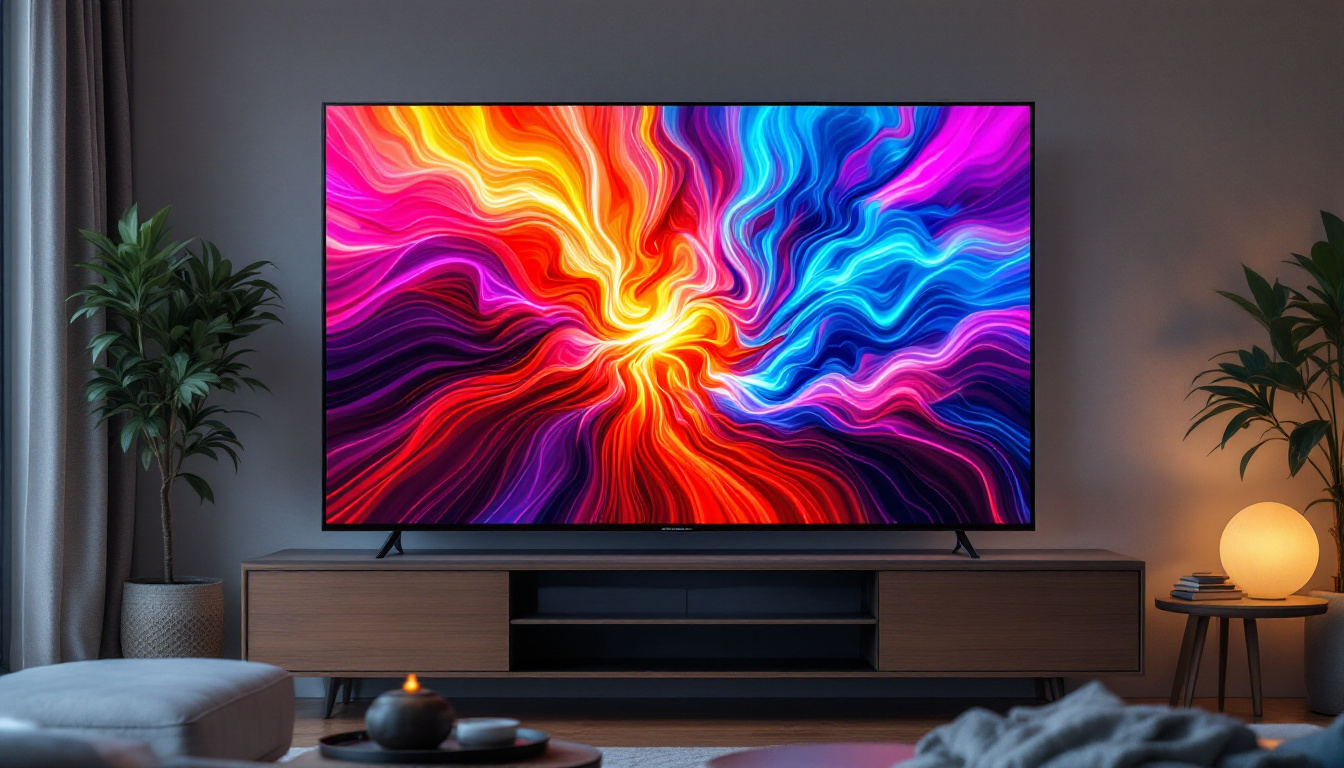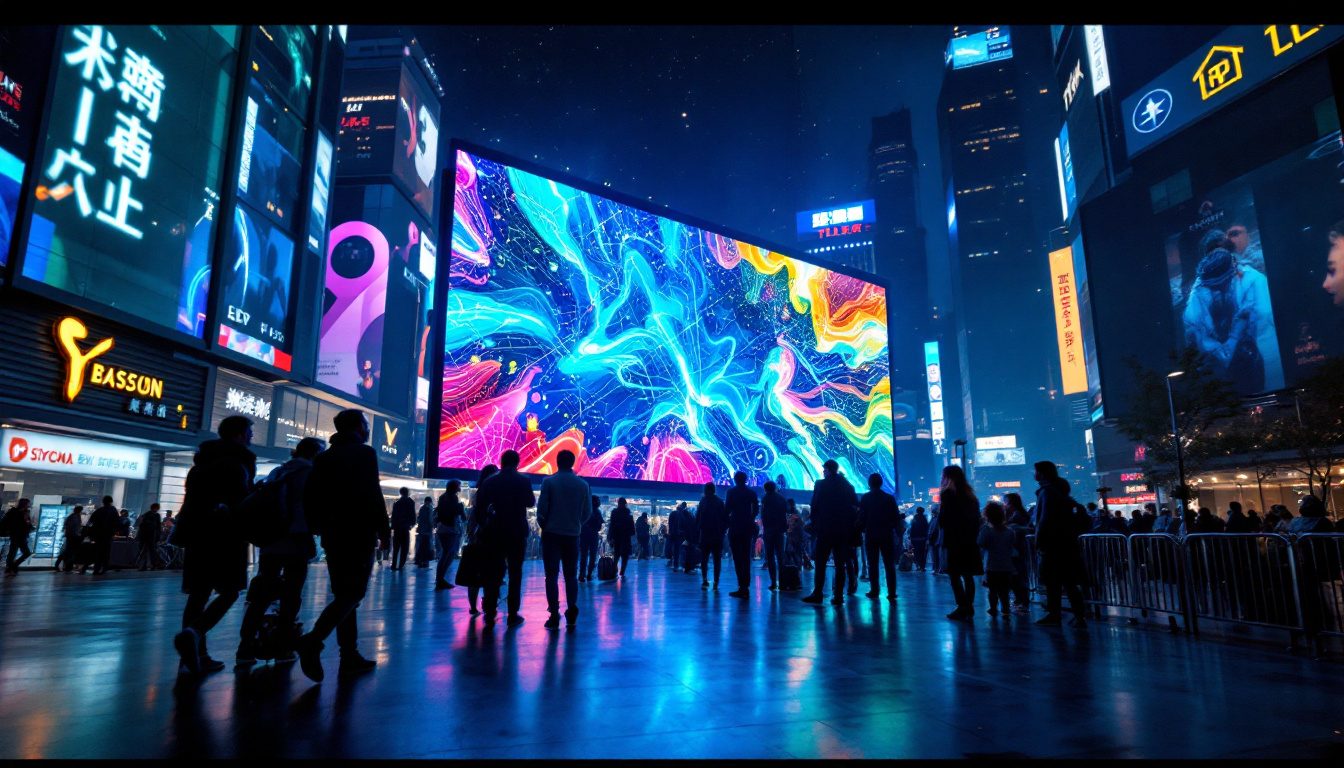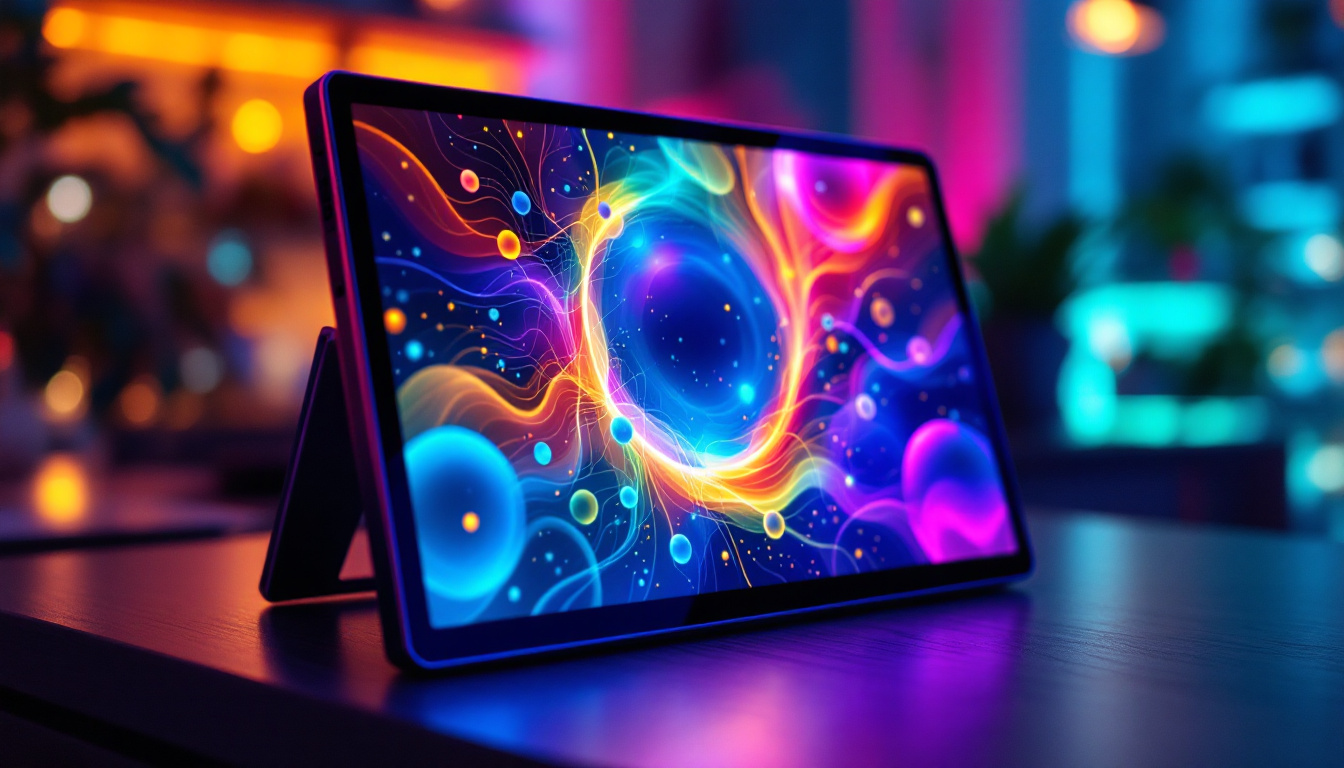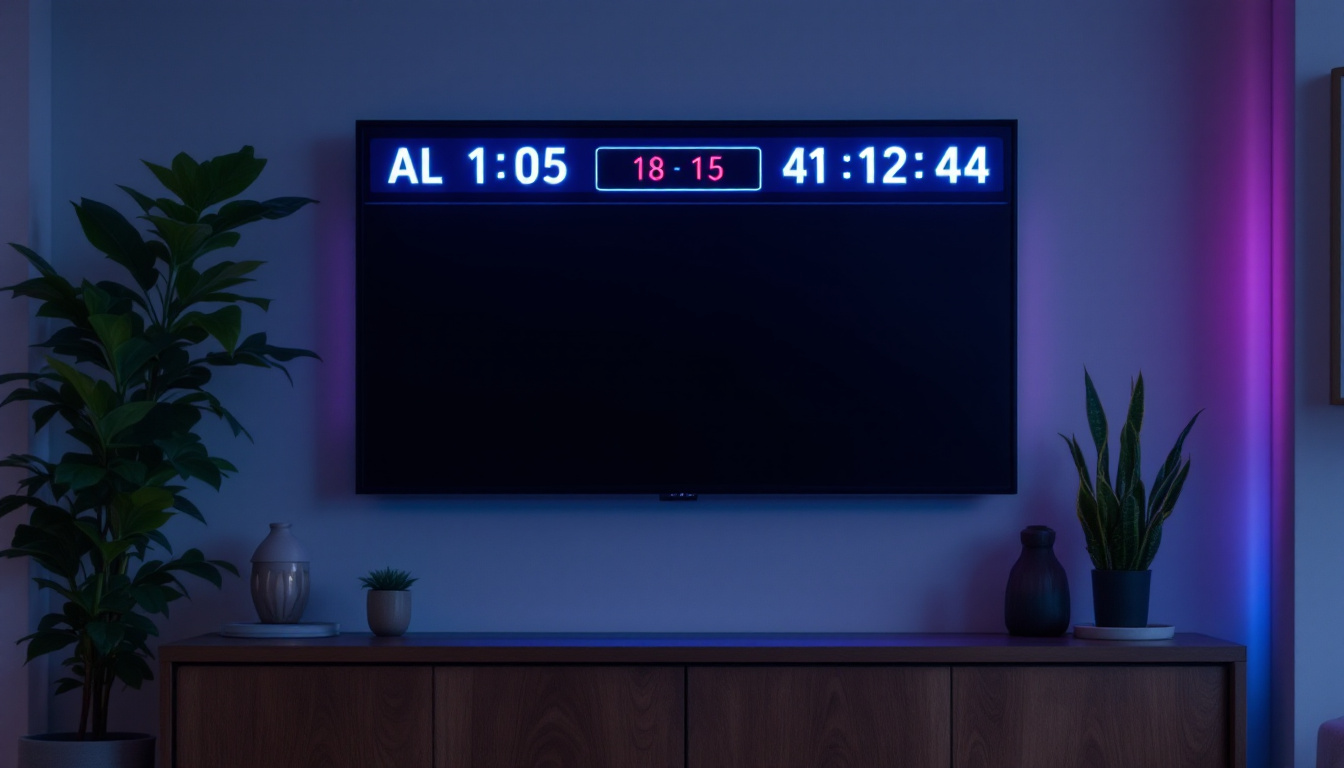The world of display technology has evolved significantly over the years, with OLED and LED being two of the most prominent types of screens available today. Understanding the contrast ratio of these displays is crucial for anyone looking to invest in a new television or monitor. This article will delve into the intricacies of contrast ratios, focusing on OLED and LED displays, and provide insights into their respective advantages and disadvantages.
Understanding Contrast Ratio
Contrast ratio is a critical specification that defines the difference in luminance between the brightest white and the darkest black a display can produce. A higher contrast ratio typically indicates a more vibrant and dynamic picture quality, which is essential for an immersive viewing experience. This specification is not just a number; it influences how we perceive images and videos, affecting everything from the clarity of text to the richness of colors in a movie scene.
What is a Good Contrast Ratio?
A good contrast ratio can vary depending on the type of display technology. For LED displays, a contrast ratio of around 1000:1 is often considered standard, while OLED displays can achieve ratios of 100,000:1 or even higher. This stark difference is primarily due to the way each technology produces light and color. For instance, OLED panels can turn off individual pixels completely, resulting in true blacks, whereas LED displays often struggle to achieve the same depth of black due to backlighting. This fundamental difference is why OLED screens are often favored for high-end televisions and professional monitors.
How Contrast Ratio Affects Image Quality
The impact of contrast ratio on image quality cannot be overstated. A higher contrast ratio enhances the depth and richness of colors, making images appear more lifelike. In dark scenes, a higher contrast ratio allows for more detail to be visible in shadows, while bright scenes can appear more vibrant and detailed. This is particularly important for cinematic experiences and gaming, where visual fidelity plays a crucial role. Additionally, the contrast ratio can affect the viewer’s ability to discern fine details in both bright and dark areas of an image, which is essential for activities such as graphic design and photo editing, where precision is key.
Moreover, the environment in which a display is viewed can also influence the perceived contrast ratio. For example, a display with a high contrast ratio may perform exceptionally well in a dark room, but its effectiveness can diminish in brightly lit conditions. This is why many high-end displays come with features that enhance their performance in various lighting situations, such as adaptive brightness and anti-glare coatings. Understanding these nuances can help consumers make informed decisions when selecting a display that best meets their needs and viewing habits.
OLED Displays: A Closer Look
Organic Light Emitting Diode (OLED) technology represents a significant advancement in display technology. Unlike traditional LED displays, which use a backlight to illuminate the screen, OLED displays generate their own light. This fundamental difference allows for superior contrast ratios and color accuracy. The vibrant colors and deep blacks produced by OLED technology have made it a favorite among filmmakers and graphic designers who rely on precise color representation for their work.
How OLED Works
OLED panels consist of organic compounds that emit light when an electric current is applied. Each pixel in an OLED display can be turned on or off independently, enabling true blacks to be achieved. When a pixel is turned off, it emits no light, resulting in an absolute black. This capability is what gives OLED displays their impressive contrast ratios. Furthermore, the ability to control each pixel individually allows for dynamic range adjustments, enhancing the viewing experience in both bright and dark scenes. This technology is particularly beneficial for high-definition video content, where the subtleties of shadow and light play a crucial role in storytelling.
Advantages of OLED Displays
The advantages of OLED displays extend beyond just contrast ratios. They offer wider viewing angles, faster response times, and improved energy efficiency compared to traditional LED displays. Additionally, the thin and flexible nature of OLED technology allows for innovative designs, such as curved or ultra-thin screens. This flexibility has led to the development of foldable devices, paving the way for new form factors in smartphones and tablets. As manufacturers continue to experiment with OLED technology, we may see even more creative applications, such as transparent displays that can blend seamlessly into various environments.
Challenges with OLED Technology
Despite their many advantages, OLED displays are not without challenges. One of the primary concerns is the potential for burn-in, where static images can leave a permanent mark on the screen over time. This issue is particularly relevant for devices that display static elements, such as logos or navigation bars, for prolonged periods. Additionally, OLED displays can be more expensive to produce, which often translates to higher retail prices for consumers. Another challenge lies in the longevity of the organic materials used in OLED technology; while advancements are being made to improve lifespan, the blue subpixels tend to degrade faster than their red and green counterparts, potentially leading to color imbalance over time. Manufacturers are actively researching ways to mitigate these issues, striving for a balance between performance and durability.
LED Displays: An Overview
Light Emitting Diode (LED) displays are a more traditional form of display technology. They utilize a backlight to illuminate the screen, which can lead to limitations in contrast ratios compared to OLED. However, advancements in LED technology, such as local dimming and quantum dot enhancements, have improved their performance significantly. These innovations have allowed LED displays to compete more effectively with OLEDs, particularly in terms of color accuracy and brightness levels, making them a viable option for various applications, from home theaters to professional environments.
Types of LED Displays
There are several types of LED displays, including standard LED, edge-lit LED, and full-array LED. Each type has its own method of light distribution, which affects the overall contrast ratio and image quality. Full-array LED displays, for example, provide better control over local dimming, which can enhance contrast ratios in specific areas of the screen. Additionally, some LED displays incorporate mini-LED technology, which uses thousands of tiny LEDs for backlighting, allowing for even finer control over brightness and contrast, resulting in a more immersive viewing experience.
Benefits of LED Displays
LED displays are known for their brightness and energy efficiency. They perform well in well-lit environments and are less susceptible to burn-in compared to OLED displays. Additionally, LED technology tends to be more affordable, making it a popular choice for budget-conscious consumers. The longevity of LED displays is another advantage, as they typically have a longer lifespan than OLEDs, which can degrade over time. This durability makes them suitable for a variety of settings, including commercial displays and outdoor signage, where reliability is crucial.
Limitations of LED Displays
While LED displays have made significant strides, they still face limitations in achieving true blacks. The backlight can cause light bleed, which can wash out dark scenes and reduce overall contrast. Furthermore, viewing angles can be narrower compared to OLED displays, which may affect the experience for viewers sitting off to the side. This limitation can be particularly noticeable in larger screens where multiple viewers are present, as the color and brightness can shift dramatically depending on the angle of view. Additionally, while advancements in technology have improved LED displays, they may still struggle to reproduce the deep, rich colors that OLEDs can deliver, especially in high dynamic range (HDR) content, where color depth and contrast are critical for a truly captivating experience.
Comparing OLED and LED Contrast Ratios
When comparing OLED and LED displays, the contrast ratio is one of the most significant factors to consider. OLED displays generally offer superior contrast ratios due to their ability to produce true blacks. This advantage is particularly evident in dark scenes, where OLED can display more detail and depth.
Real-World Applications
In practical terms, the difference in contrast ratios can be observed in various applications. For instance, in cinematic experiences, the ability of OLED to showcase deep blacks enhances the overall viewing experience, allowing for a more immersive atmosphere. In gaming, the fast response times and vibrant colors of OLED can provide a competitive edge.
Choosing the Right Display for Your Needs
When deciding between OLED and LED displays, it is essential to consider personal preferences and usage scenarios. For those who prioritize picture quality and are willing to invest in a premium product, OLED may be the ideal choice. Conversely, for consumers looking for affordability and practicality, LED displays offer a solid alternative.
Future Trends in Display Technology
As technology continues to advance, the future of display technology looks promising. Innovations in both OLED and LED technologies are expected to enhance performance, reduce costs, and address existing limitations.
Emerging Technologies
New developments, such as MicroLED and MiniLED, are gaining traction in the market. MicroLED technology combines the best aspects of OLED and LED, offering self-emissive pixels with high brightness and excellent color accuracy. MiniLED, on the other hand, enhances traditional LED displays by using smaller backlight zones for improved contrast and local dimming capabilities.
Environmental Considerations
As consumers become more environmentally conscious, manufacturers are focusing on sustainability in display technology. Efforts are being made to create displays that consume less energy and utilize recyclable materials. This shift not only benefits the environment but also aligns with the growing demand for eco-friendly products.
Conclusion
Understanding the contrast ratio of OLED and LED displays is essential for making informed purchasing decisions. While OLED displays offer superior contrast ratios and vibrant colors, LED displays provide affordability and practicality. As technology continues to evolve, consumers can expect even more advancements that will enhance their viewing experiences.
Ultimately, the choice between OLED and LED will depend on individual preferences, budget, and intended use. By weighing the pros and cons of each technology, consumers can find the perfect display that meets their needs and enhances their visual enjoyment.
Discover the Future of LED Displays with LumenMatrix
Ready to elevate your visual experience with the latest in LED display technology? LumenMatrix is at the forefront of innovation, offering a diverse range of LED display solutions that bring your content to life. Whether you’re seeking to boost your brand’s visibility, engage audiences in a sports arena, or create a dynamic environment with a custom LED display, LumenMatrix has you covered. Check out LumenMatrix LED Display Solutions today and witness how our cutting-edge technology can transform your visual communication and captivate your audience like never before.

